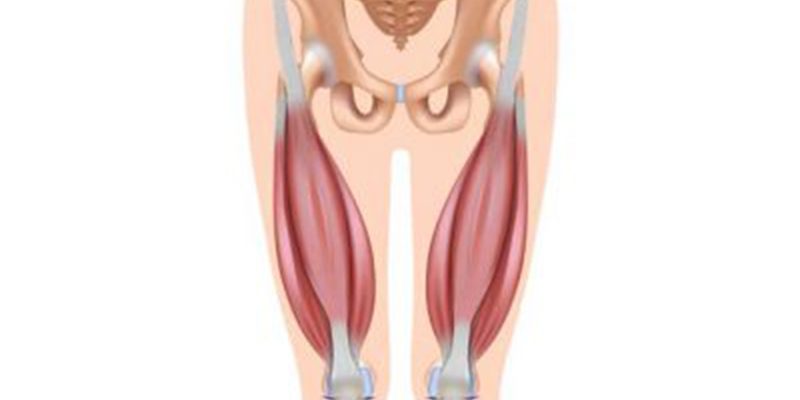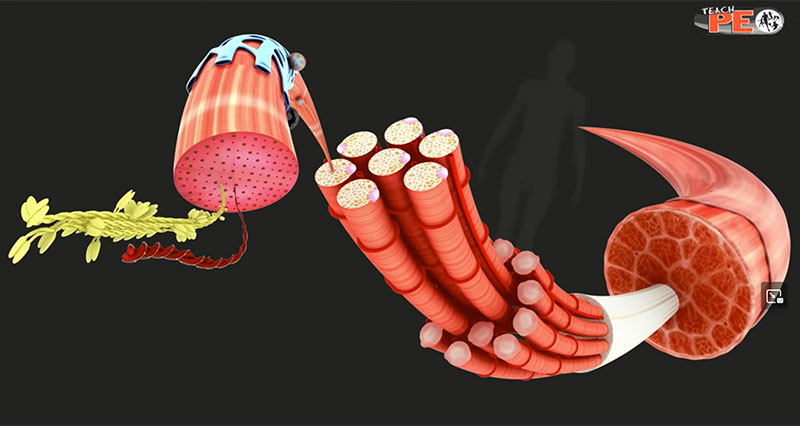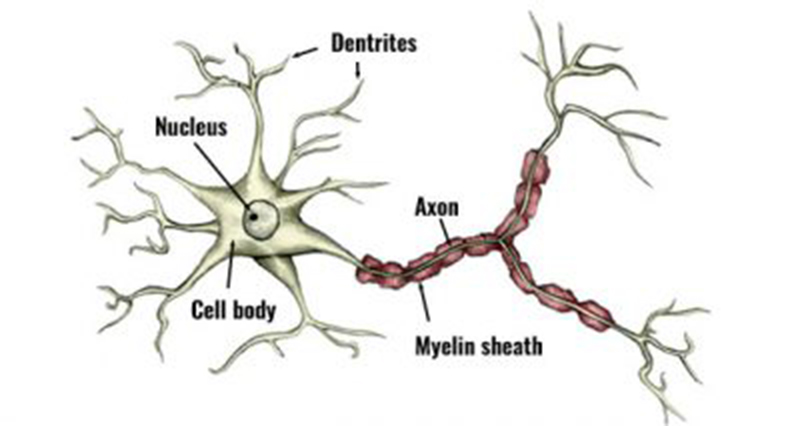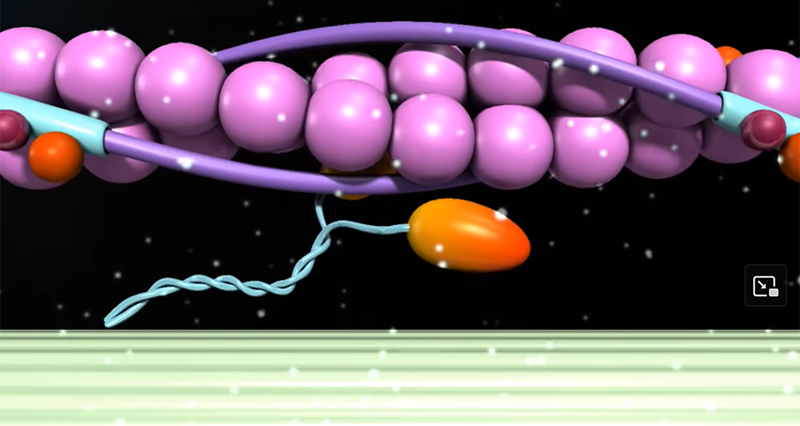The knee joint consists of the femur (thigh bone), tibia, and fibula bones of the lower leg and the patella or kneecap. The muscles which flex and extend (bend and straighten) the joint are the quadriceps muscles (rectus femoris, vastus lateralis, vastus medialis) and the hamstring muscles at the back of the thigh (semitendinosus, semimembranosus, and biceps femoris).
Muscles which straighten the knee
The following muscles straighten or extend the knee joint:
Vastus Medialis Muscle

Vastus Medialis muscle is the most medially located of the quadriceps muscles and is thought to be important in stabilizing the knee cap or patella.
Vastus Intermedius Muscle
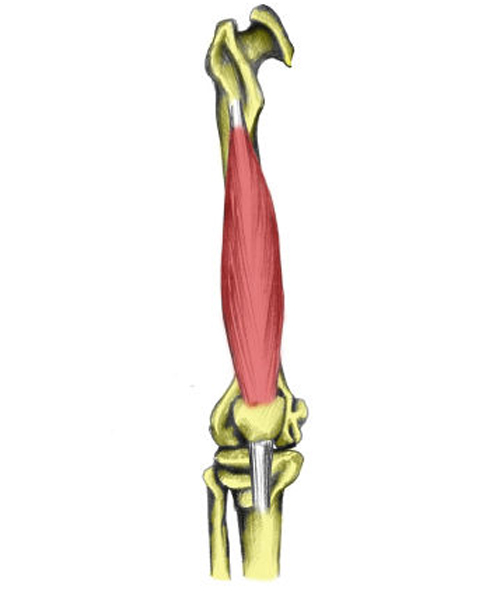
Vastus Intermedius is located deep in the Rectus Femoris muscle and is part of the quadriceps muscle group.
Vastus Lateralis Muscle

Vastus Lateralis is the most lateral (outside) of the four quadriceps muscles. It is thought to be a major contributor to patella tracking injuries.
Rectus femoris (hip & knee muscle)
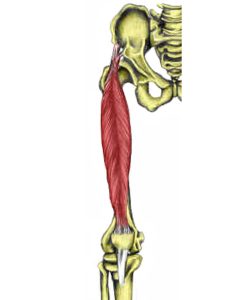
The Rectus Femoris muscle is part of the Quadriceps muscle group. It is the only of the quadriceps group knee muscles which also crosses the hip joint. It is a powerful knee extensor when the hip is extended (back), but is weak when the hip is flexed (forwards).
Muscles which bend the knee joint
The following muscles bend or flex the knee:
Semitendinosus
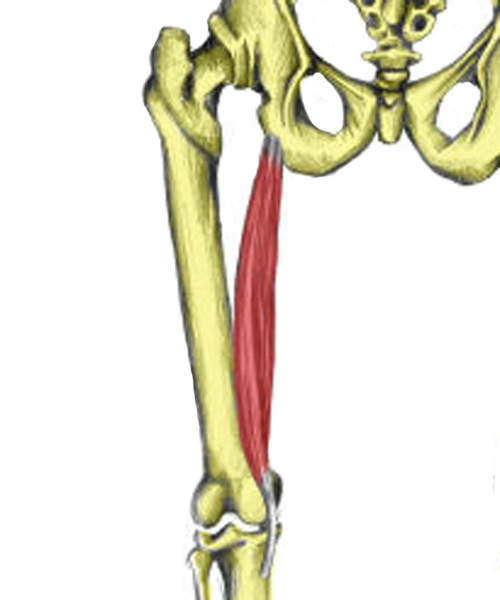
When running the hamstrings act eccentrically to slow down the knee extension motion. Hamstring strains are common in individuals with chronically tight hamstrings or who do not warm-up thoroughly.
Biceps Femoris
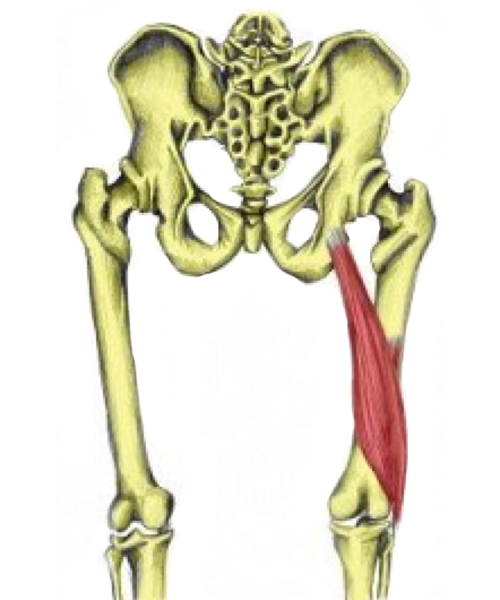
Biceps Femoris is one of the three muscles which form the hamstring group. The muscle is often described as having a long head (the attachment from the ischium) and a short head (attached to the femur).
Semimembranosus
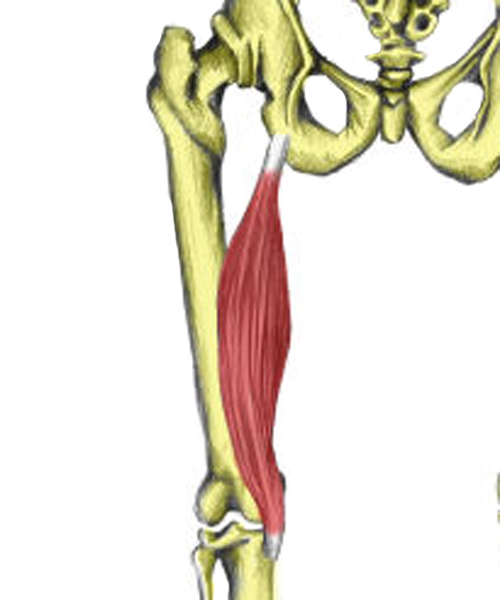
The Semimembranosus muscle is the most medial (inside) of the three hamstring muscles and along with the semitendinosus muscle provides dynamic stability to the knee joint.
Popliteus
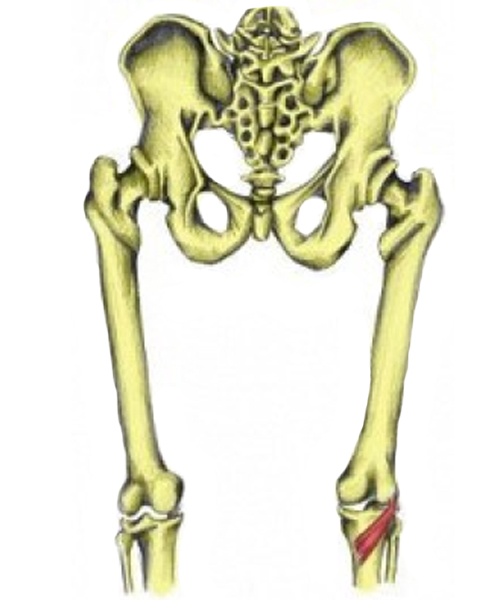
Popliteus muscle is a small muscle that is often described as the key of the knee joint. It unlocks the knee joint by rotating the femur at the beginning of knee flexion to allow full knee flexion to occur.

